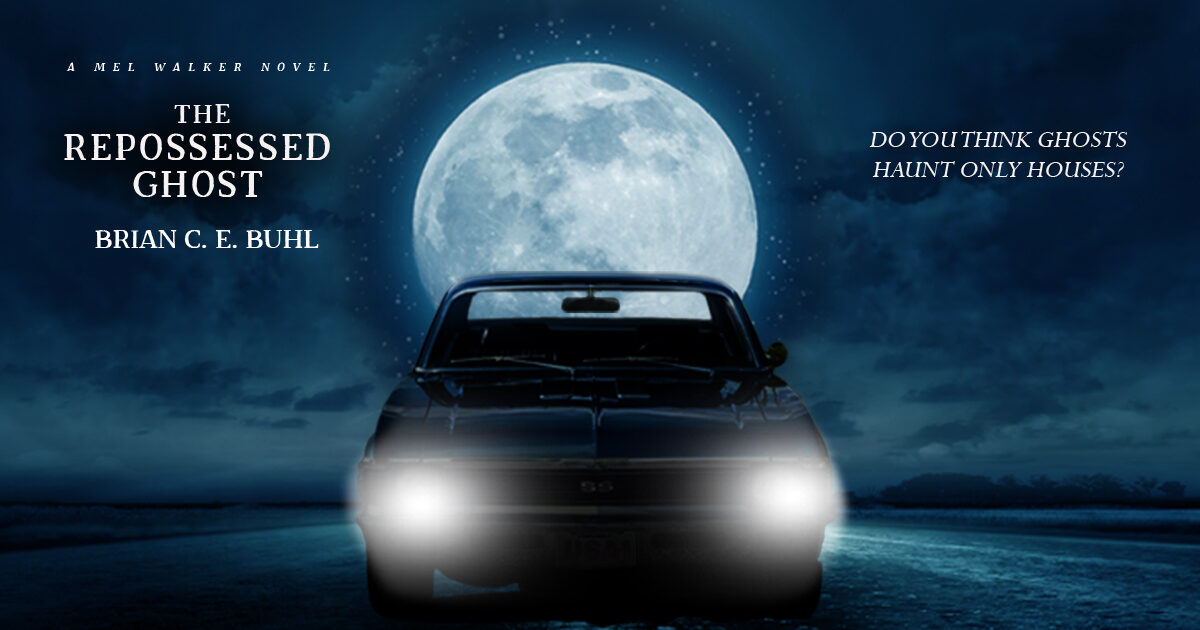A Literal Stroll Down Memory Lane
Melissa and I just back from a trip to San Jose! This was a well spent Sunday.
Upcoming Events and Such
Boskone is coming up, and as long as I can find a place to record, we’ll be doing a Live From Boskone recording for the Small Publishing in a Big Universe Podcast. Additionally, I’ll have LOTS of copies of both The Repossessed Ghost and One for the Road available at the table.
Additionally, I’ll be attending the Sacramento Comic-Con on March 9th and 10th where I will also have books available. I’m sure I’ll talk more about that later.
The Topic: A Literal Stroll Down Memory Lane
Melissa and I went down to San Jose to meet up with Steven Radecki, managing editor of Paper Angel Press and its imprints, and his wife. I had the cash to hand over to him from some of the sales at Arisia, plus the signed release forms for the podcast we recorded. It was the first time I got to meet his wife, and she and Melissa had quite a bit in common. We had a really great time, and I’m sure we’ll meet more often.
After we parted, I drove us about 12 minutes away to the first neighborhood I can remember. It’s been over 40 years since I’ve seen those streets, and it was truly fascinating seeing that area as an adult.
We found the first house I can remember on Blake Street. It looks like an additional room has been built where once we had a closed off covered patio. As you might imagine, the place looked smaller than I remember, because my memories are from a 6 year old. The front yard is just the same, and I remember it feeling spacious when I played on it. As a 6ft tall adult, it looked more like a green postage stamp.
After staring at my old house for a bit, hopefully without making the current occupants nervous, we turned and walked half a block to what used to be Luther Elementary. The heavy wooden sign that once said Luther Elementary is still in front, but the campus is now split between a Montessori school and a French American Academy.
Gates were open, and we walked through the hall connecting the different buildings. It was all just as I remembered it, save for a change in paint and everything seeming about 20% smaller. I was able to point out the rooms where I attended 1st and 2nd grade, and a bit further down the walkway, the yard where I played during kindergarten. Past that, we were able to wander around the field attached to the school. One of the old fitness trail signs from the 70s is still there.
We walked around the field, then hung a right and made it to Kellogg Way and the other house I lived on once we moved from Blake Street. The house on Kellogg looked much, much different than I remember. The tree with the long boughs I was yelled at for swinging on wasn’t there anymore. The lemon tree where my father’s cat was buried is no longer in the enclosed patio. I had a hard time reconciling the house to what I remember from when I was 7 and 8. Again, it’s been more than 40 years. Things were bound to change.
The feel of the neighborhood was the same, though. It looked like a place that would still make a good home.
Next, Melissa and I will have to wander over to Susanville and see what that old haunt feels like.
